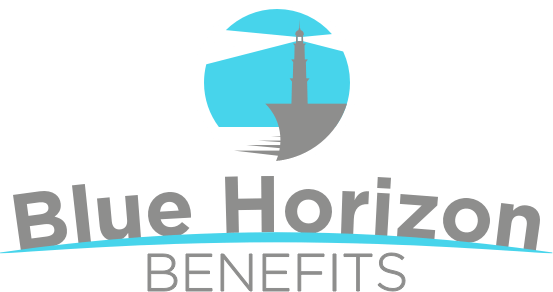Pandemic Fallout: Employers Boost Mental Health, Substance Abuse Benefits
The COVID-19 pandemic has had profound effects on health insurance in the U.S., with many employers improving mental health and other benefits to help their workers during this trying period, according to a new report by the Kaiser Family Foundation.
Despite the disruptions caused by the pandemic, the proportion of employers that offer their staff health coverage has remained steady, while health insurance premiums and out-of-pocket expense increases have remained moderate, according to KFF’s “2021 Employer Health Benefits Survey.”
With the stress of the pandemic weighing on workers in all industries, as well as the effects on their families and society from lockdowns and other changes brought on by COVID-19, many Americans have been struggling with mental health as well as substance abuse.
Provisional data from the Centers for Disease Control’s National Center for Health Statistics indicate that there were an estimated 100,306 drug overdose deaths in the United States during the 12-month period ending in April 2021, an increase of 28.5% from the 78,056 deaths during the same period the year before.
Besides drugs, alcohol abuse has also skyrocketed during the pandemic, according to the CDC.
Another report by the CDC found that 40% of U.S. adults had reported struggling with mental health or substance abuse:
- 31% reported symptoms of anxiety and/or depression.
- 26% reported symptoms of trauma/stressor-related disorder.
- 13% started or increased substance abuse.
- 11% reported seriously considering suicide.
It’s no surprise then that since the pandemic started, 39% of employers surveyed said they’d boosted their benefits covering these issues.
Of those that made changes:
- 31% increased the ways employees can access mental health services, such as telemedicine.
- 58% of employers with 200 or more employees and 38% of those with 50 to 199 employees expanded online counseling services.
- 16% started offering employee assistance programs or other new resources for mental health.
- 6% expanded access to in-network mental health providers.
- 4% reduced cost-sharing for such visits.
- 3% increased coverage for out-of-network services.
How did employers act? For example, after the pandemic hit, Rhode Island-based Thundermist Health Center’s employee health plan reduced the copayments for behavioral health visits to zero from $30.
As to employees, they responded by taking advantage of the new and expanded services:
- 38% of large companies (1,000 or more workers) said their workers had used more mental health services in 2021 than the year before.
- 12% of companies with at least 50 employees said their workers had increased their use of mental health services.
What you can do
With so many people suffering from mental health and substance abuse issues that may have been exacerbated by or are a direct result of the pandemic, it’s certain that most employers have staff who are struggling.
Talk to us about what your current plan choices offer in terms of substance abuse and mental health counseling benefits. Many insurers, in response to rising demand, have been increasing access to these treatments.
If you do not have one, you may also consider an employee assistance program, which will provide a set amount of counseling appointments as well as substance abuse treatment to complement your health plan.









